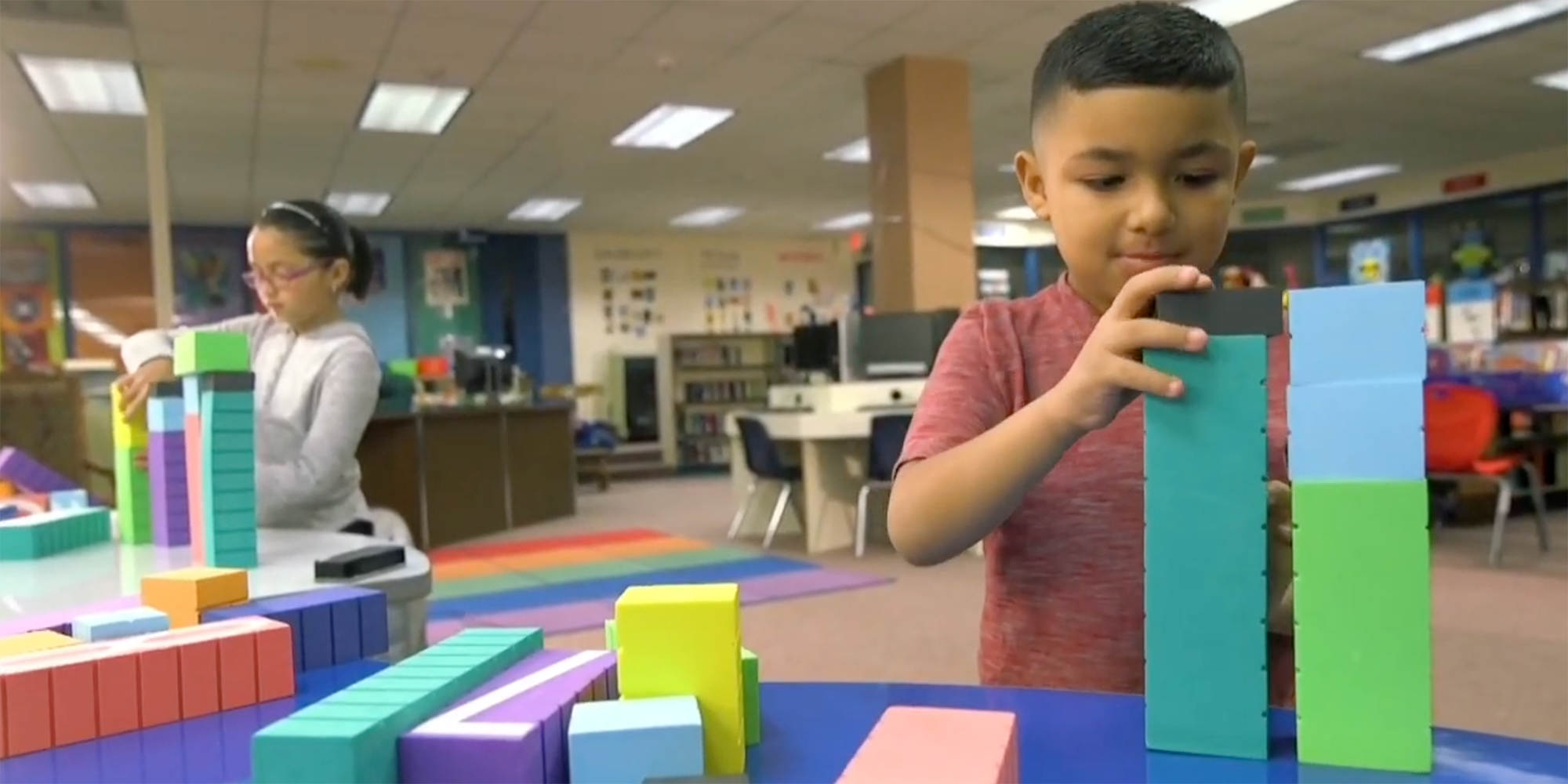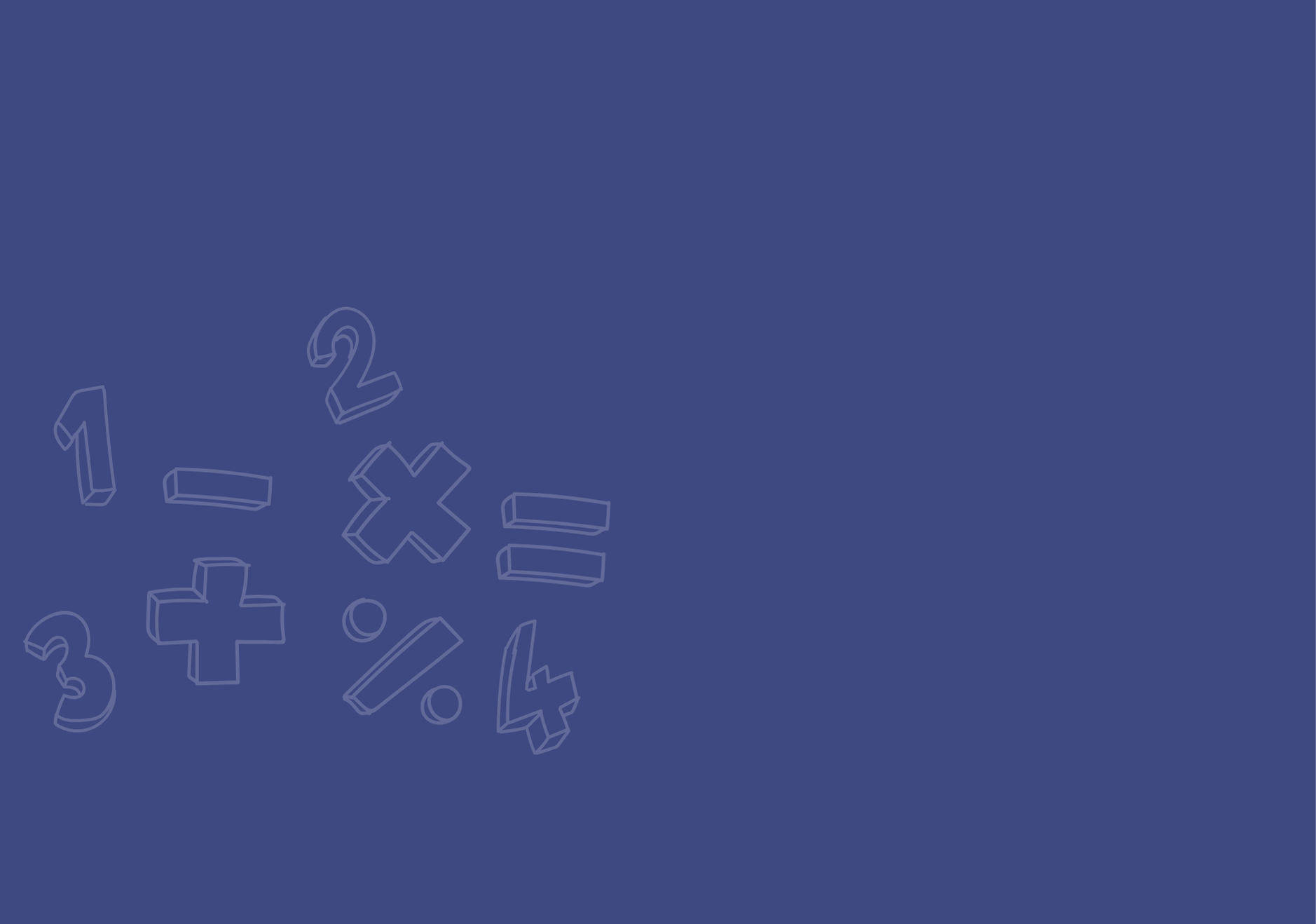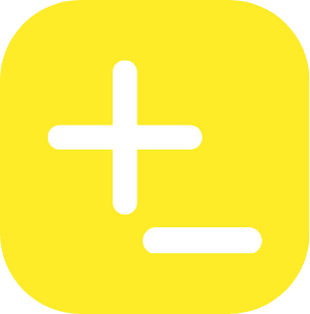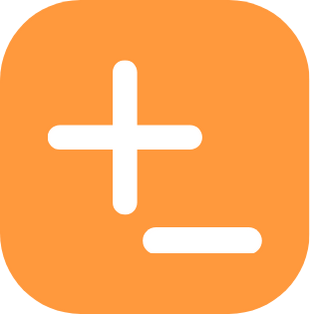TEKS: ADDITION, SUBTRACTION, & DATA ANALYSIS
K.1 Mathematical process standards. The student uses mathematical processes to acquire and demonstrate mathematical understanding. The student is expected to:
- A. Apply mathematics to problems arising in everyday life, society, and the workplace;
- B. Use a problem-solving model that incorporates analyzing given information, formulating a plan or strategy, determining a solution, justifying the solution, and evaluating the problem-solving process and the reasonableness of the solution;
- C. Select tools, including real objects, manipulatives, paper and pencil, and technology as appropriate, and techniques, including mental math, estimation, and number sense as appropriate, to solve problems;
- D. Communicate mathematical ideas, reasoning, and their implications using multiple representations, including symbols, diagrams, graphs, and language as appropriate;
- E. Create and use representations to organize, record, and communicate mathematical ideas;
- F. Analyze mathematical relationships to connect and communicate mathematical ideas;
- G. Display, explain, and justify mathematical ideas and arguments using precise mathematical language in written or oral communication;
K.2 Number and operations. The student applies mathematical process standards to understand how to represent and compare whole numbers, the relative position and magnitude of whole numbers, and relationships within the numeration system. The student is expected to:
- A. Count forward and backward to at least 20 with and without objects;
- B. Read, write, and represent whole numbers from 0 to at least 20 with and without objects or pictures;
- C. Count a set of objects up to at least 20 and demonstrate that the last number said tells the number of objects in the set regardless of their arrangement or order;
- D. Recognize instantly the quantity of a small group of objects in organized and random arrangements;
- E. Generate a set using concrete and pictorial models that represents a number that is more than, less than, and equal to a given number up to 20;
- F. Generate a number that is one more than or one less than another number up to at least 20;
- G. Compare sets of objects up to at least 20 in each set using comparative language;
- H. Use comparative language to describe two numbers up to 20 presented as written numerals; and
- I. Compose and decompose numbers up to 10 with objects and pictures.
K.3 Number and operations. The student applies mathematical process standards to develop an understanding of addition and subtraction situations in order to solve problems. The student is expected to:
- A. Model the action of joining to represent addition and the action of separating to represent subtraction;
- B. Solve word problems using objects and drawings to find sums up to 10 and differences within 10; and
- C. Explain the strategies used to solve problems involving adding and subtracting within 10 using spoken words, concrete and pictorial models, and number sentences.
K.4 Number and operations. The student applies mathematical process standards to identify coins in order to recognize the need for monetary transactions. The student is expected to identify U.S. coins by name, including pennies, nickels, dimes, and quarters.
K.5 Algebraic reasoning. The student applies mathematical process standards to identify the pattern in the number word list.
K.7 Geometry and measurement. The student applies mathematical process standards to directly compare measurable attributes. The student is expected to:
- B. Compare two objects with a common measurable attribute to see which object has more of/less of the attribute and describe the difference.
K.8 Data analysis. The student applies mathematical process standards to collect and organize data to make it useful for interpreting information. The student is expected to:
- A. Collect, sort, and organize data into two or three categories;
- B. Use data to create real-object and picture graphs; and
- C. Draw conclusions from real-object and picture graphs.
COMMON CORE: ADDITION, SUBTRACTION, MEASUREMENT & DATA
Counting & Cardinality:
Know number names and the count sequence.
- K.CC.A.2 Count forward beginning from a given number within the known sequence (instead of having to begin at 1).
- K.CC.A.3 Write numbers from 0 to 20. Represent a number of objects with a written numeral 0-20 (with 0 representing a count of no objects).
Count to tell the number of objects.
- K.CC.B.4 Understand the relationship between numbers and quantities; connect counting to cardinality.
- K.CC.B.4.A When counting objects, say the number names in the standard order, pairing each object with one and only one number name and each number name with one and only one object.
- K.CC.B.4.B Understand that the last number name said tells the number of objects counted. The number of objects is the same regardless of their arrangement or the order in which they were counted.
- K.CC.B.4.C Understand that each successive number name refers to a quantity that is one larger.
- K.CC.B.5 Count to answer "how many?" questions about as many as 20 things arranged in a line, a rectangular array, or a circle, or as many as 10 things in a scattered configuration; given a number from 1-20, count out that many objects.
Compare numbers.
- K.CC.C.6 Identify whether the number of objects in one group is greater than, less than, or equal to the number of objects in another group, e.g., by using matching and counting strategies.
- K.CC.C.7 Compare two numbers between 1 and 10 presented as written numerals.
Operations & Algebraic Thinking:
Understand addition as putting together and adding to, and understand subtraction as taking apart and taking from.
- K.OA.A.1 Represent addition and subtraction with objects, fingers, mental images, drawings, sounds (e.g., claps), acting out situations, verbal explanations, expressions, or equations.
- K.OA.A.2 Solve addition and subtraction word problems, and add and subtract within 10, e.g., by using objects or drawings to represent the problem.
- K.OA.A.3 Decompose numbers less than or equal to 10 into pairs in more than one way, e.g., by using objects or drawings, and record each decomposition by a drawing or equation (e.g., 5 = 2 + 3 and 5 = 4 + 1).
- K.OA.A.4 For any number from 1 to 9, find the number that makes 10 when added to the given number, e.g., by using objects or drawings, and record the answer with a drawing or equation.
- K.OA.A.5 Fluently add and subtract within 5.
Number & Operations in Base Ten:
Work with numbers 11-19 to gain foundations for place value.
- K.NBT.A.1 Compose and decompose numbers from 11 to 19 into ten ones and some further ones, e.g., by using objects or drawings, and record each composition or decomposition by a drawing or equation (such as 18 = 10 + 8); understand that these numbers are composed of ten ones and one, two, three, four, five, six, seven, eight, or nine ones.
Measurement & Data:
Describe and compare measurable attributes.
- K.MD.A.2 Directly compare two objects with a measurable attribute in common, to see which object has "more of"/"less of" the attribute, and describe the difference. For example, directly compare the heights of two children and describe one child as taller/shorter.


















